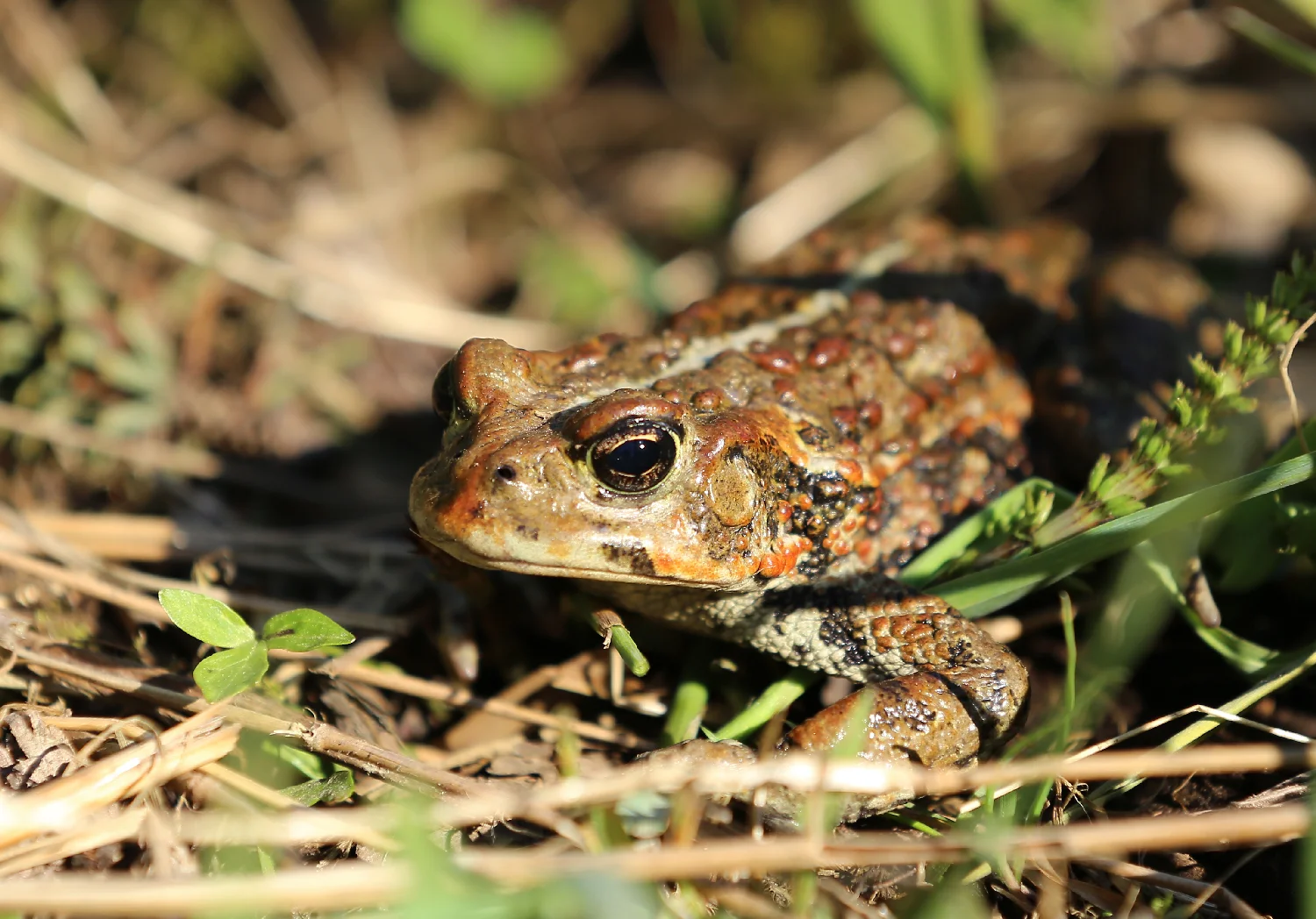Toadlets in Southeast Alaska
/
Toadlets in the rocks and grass. Some still have their pollywog tails.
I walked through the shoulder high grass along a river, keenly conscious that I wouldn’t be able to see a large animal a few feet away. As soon as I could I stepped out onto the gravel that would normally be covered by water. The weather has been beautiful, but unusually dry for this temperate rainforest. The low river was gentle, and there were lots of shallow, protected pools.

Suddenly the ground in front of me seemed to move! My foot stopped in midair, and then I pulled the step back as I saw that hundreds of baby toads were scrambling to get out of my way. Their frenetic hopping found form, and they headed for the foliage to take cover.

A whole nest of toadlets!
Each of the toadlets was about the size of my fingernail and many of them still had a small tail left from their pollywog stage. I turned, and in the water I saw a cluster of motion. It was made up of pollywogs, toads, and the stages in between; pollywogs with legs and toads with tails.

A school of tadpoles in shallow water.

A little fish called a stickleback dropped by for a visit.

Three spined stickleback checking out the tadpoles.
I walked slowly and carefully and found more groups of baby toads. Thousands upon thousands of toadlets!

Toads are precious. As an indicator species they let us know if we are doing a good job of taking care of our home planet. Toads also eat bugs and are they are prey for other important species.

A nice, big adult Western toad. They come in brown and green around here. Brown ones are more common.

This shy adult toad is about four inches long.

The toadlets are in and out of water like kids on a warm day.


When I was a kid in Juneau there were lots of toads. In some early summers there were so many pollywogs in Dredge Lake that the rim of the lake was black with them. On rainy August evenings the big, fat adult toads would dot dirt sideroads. Now they are quite rare. The thing is that it happened in just part of my lifetime. Those intriguing creatures that I watched go from egg to pollywog to toad became rare in Juneau.

Seeing lots of toads on Prince of Wales Island is a happy and hopeful sign!
Have a hoppy day!
Alaska Beachcomber
Great finds
- Casino Sites UK
- Best UK Non Gamstop Casinos
- Non Gamstop Casinos
- Non Gamstop Casinos
- UK Casinos Not On Gamstop
- Non Gamstop Casino
- Gambling Sites Not On Gamstop
- Non Gamstop Casino
- Non Gamstop Casino
- Non Gamstop Casino Sites UK
- UK Casino Not On Gamstop
- Meilleur Casino En Ligne
- Gambling Sites Not On Gamstop
- Best Casinos Not On Gamstop
- I Migliori Casino Non Aams
- Non Gamstop Casino Sites UK
- Casino Sites Not On Gamstop

